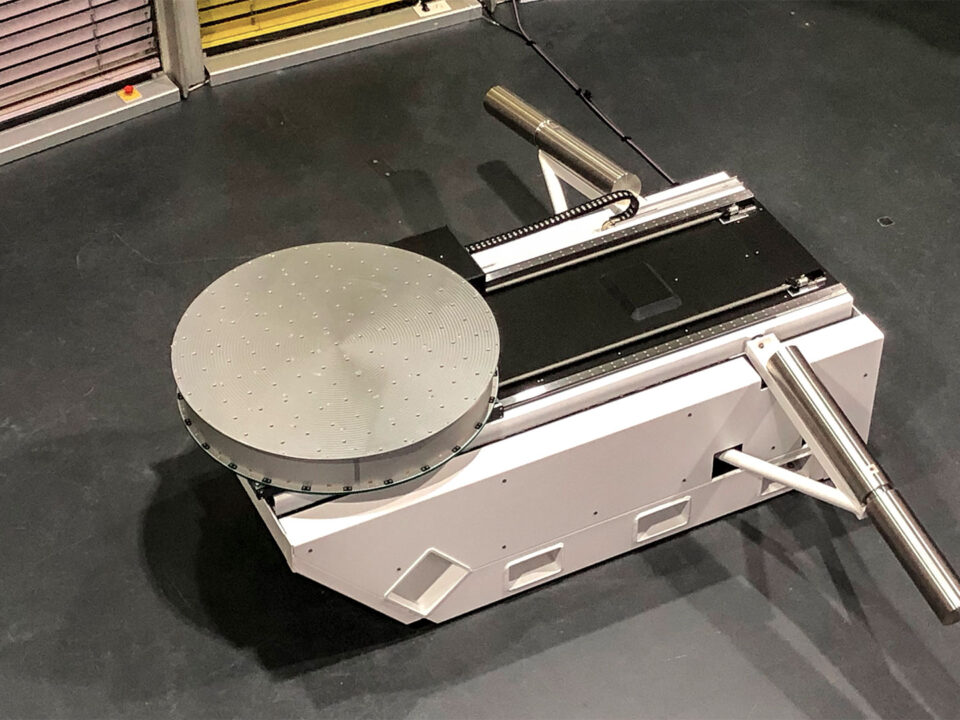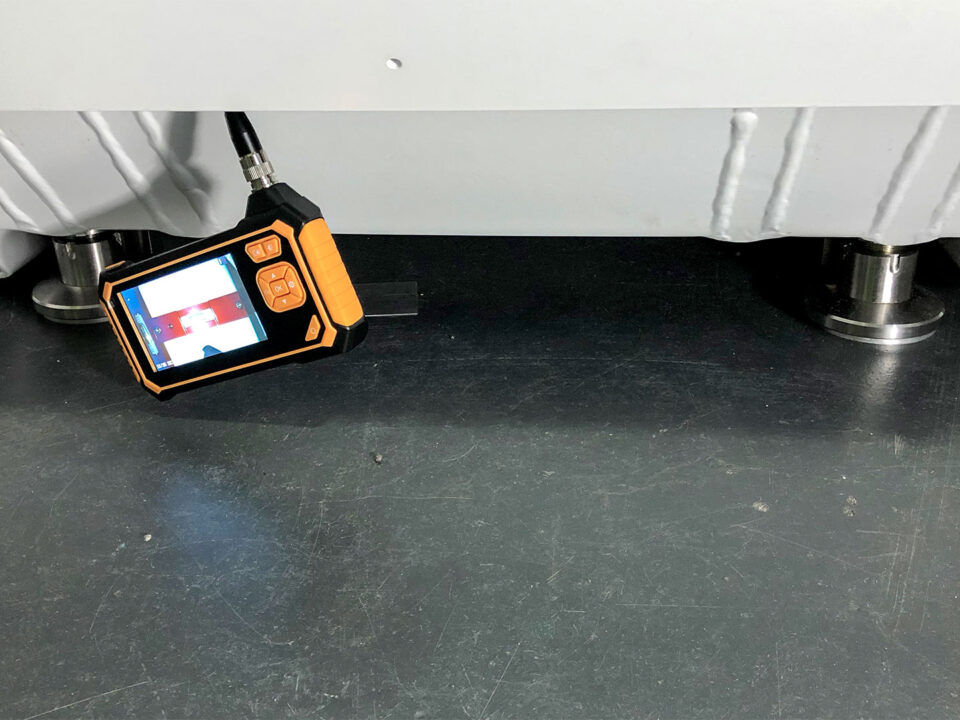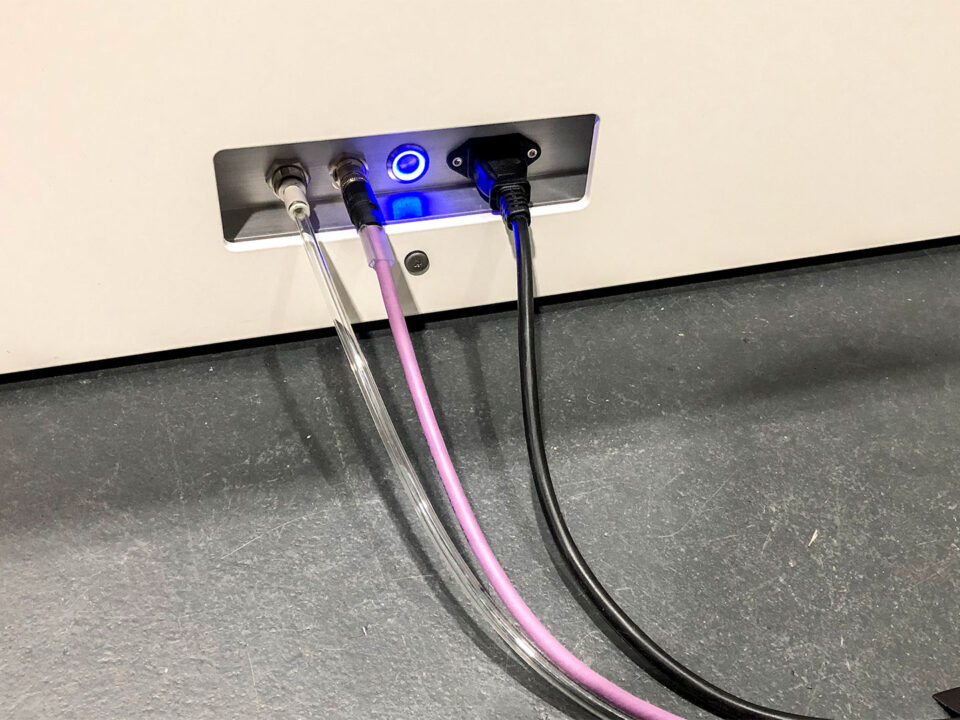

Resonic G is our newest high-end technology for measurements of aerospace structures. Due to its unique air bearing design, Resonic G generates the same axes of rotation as torsional pendulum systems, which have been the industry standard for decades. However, unlike these systems, Resonic G does not require that the test object must be tilted on its side with the help of a cumbersome positioning adapter. Instead, the test object remains in a safe upright position throughout the process.
Since the test object rotates around its center of gravity, the impact of the enclosed and surrounding air mass is kept to a minimum. Moreover, the low oscillation frequencies guarantee high accuracy, even for objects with low dynamic stiffness.
Resonic G is equipped with calibration masses which ensure that the specified accuracy is maintained without downtime or recurring costs. The calibration is part of the standard measurement procedure and is automatically processed by the Resonic G software.
Resonic G machines are easy to move into storage via a crane or forklift, so there is no need to permanently occupy an expensive clean-room space with high ceilings and crane access. The machine is placed directly on the floor and requires no modifications to the building.
Since the platform plane is the highest point of the machine, there are no limits to the test object’s dimensions. In contrast, conventional pendulums with positioning adapters are limited to narrow objects.
The horizontal platform and small accelerations make the measurements very safe. Measurements are no longer limited to objects that can be bolted to a tilted interface plane.
Due to its air bearing design, Resonic G does not require a pit in the floor in order to accommodate a long air bearing spindle.




